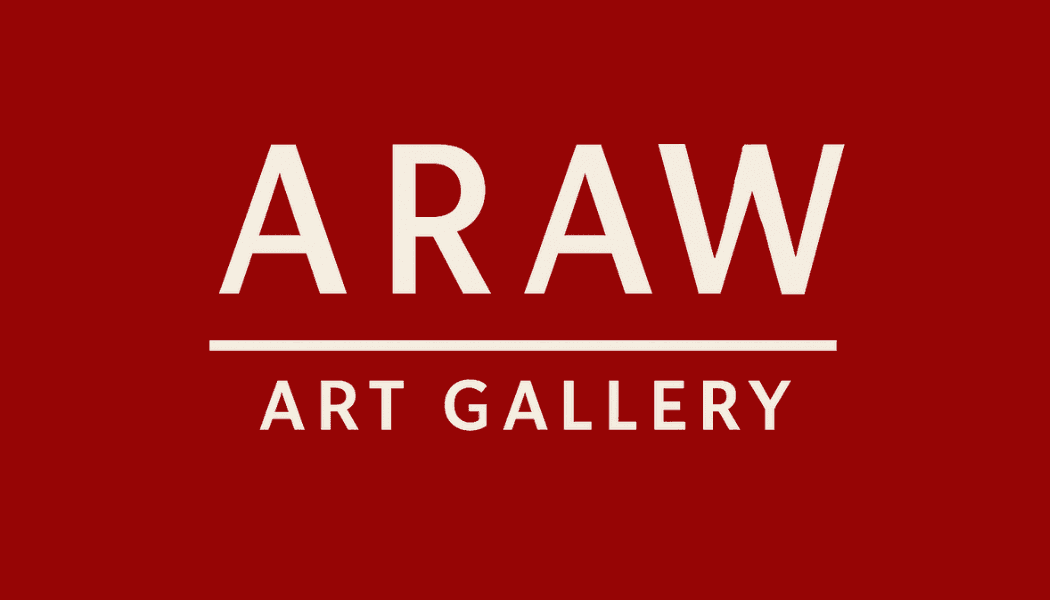Understanding Abstract Art: A Visitor’s Guide
What is Abstract Art?
Abstract art is a genre that uses shapes, colors, and forms to achieve its effect rather than representing objects or scenes from the real world. It can be a challenge to understand at first, as it often seeks to evoke emotions and thoughts rather than depict something tangible. The beauty of abstract art lies in its ability to convey the artist's inner world and invite viewers to explore their own interpretations.
Unlike traditional art forms that aim for realism, abstract art embraces a more free-form approach, allowing for individual expression and creativity. This lack of constraints can make it seem daunting to some, but it offers a unique opportunity to engage with art on a personal level.

How to Approach Abstract Art
When visiting an exhibition or gallery, it's helpful to keep an open mind. Abstract art doesn't always have a straightforward meaning, and that's part of its charm. Here are a few tips to enhance your experience:
- Observe the Colors and Shapes: Pay attention to the colors used and how they interact with each other. Notice the shapes and lines and how they guide your eye across the piece.
- Consider Your Emotions: Abstract art often aims to evoke an emotional response. Take note of how a piece makes you feel, whether it's joy, sadness, curiosity, or confusion.
- Think About the Artist's Intent: While not always clear, contemplating what the artist might have been trying to convey can add depth to your understanding.

Engaging with Abstract Art
Engaging with abstract art doesn't require special knowledge or training. It's about allowing yourself to be drawn into the work and exploring your reactions. Try discussing your thoughts with others, as different perspectives can enrich your appreciation of the piece. Remember, there is no right or wrong way to interpret abstract art—it's all about personal experience.
Attending guided tours or lectures can also enhance your understanding. Experts can provide insight into the history and techniques behind the works, adding layers of context that might not be immediately apparent.

The Diversity of Abstract Art
Abstract art encompasses a wide range of styles and techniques. From the bold, geometric forms of Cubism to the expressive brushstrokes of Abstract Expressionism, there is something for everyone. The diversity within abstract art means that each work offers a new experience, encouraging viewers to look beyond the surface and explore deeper meanings.
Exploring different styles within abstract art can deepen your appreciation for this genre. Each movement has its unique characteristics and history, reflecting the cultural and social contexts in which they were developed.
The Impact of Abstract Art
The impact of abstract art extends beyond galleries and museums. It has influenced various aspects of culture, including design, architecture, and fashion. Its emphasis on creativity and emotion resonates with audiences worldwide, making it a vital part of contemporary art discussions.
Whether you're an art enthusiast or a curious newcomer, understanding abstract art is a rewarding journey. By embracing its complexity and emotion, you open yourself up to a world of artistic possibilities.

